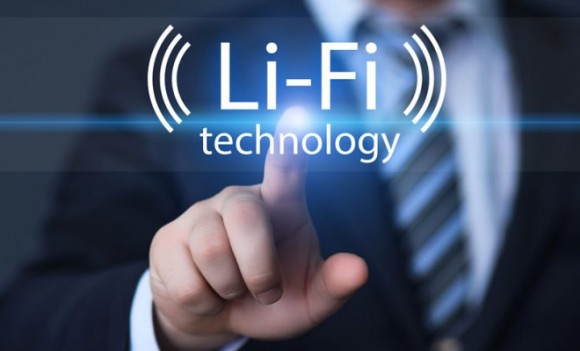What is LiFi? LiFi Vs Wifi - What is the difference?
A new technology called LiFi (Light Fidelity) has been introduced which can provide a blazing speed 100 times faster than Wi-Fi.
What is Lifi ?
Li-Fi is a wireless technology similar to Wi-Fi which allows data to be sent at high speeds by the use of visible light communication (VLC). Professor Harald Haas from the University of Edinburgh invented Li-Fi, Li-Fi has a bunch of advantages over Wi-Fi. Li-Fi transmits data using LED lights, which flicker on and off within nanoseconds, imperceptible to the human eye. Li-fi technology was invented in 2011 and has been tested to be able to reach a mindblowing 224 Gbps.

The Li-Fi technology used in the company named Velmenni in the pilots has been able to send data at up to 1GBps i.e. ore than 100-times faster than current Wi-Fi technology. At these speeds, a high-definition movie can be downloaded in a few seconds.
Lifi vs Wifi - Difference between Lifi and Wifi
"While LiFi may not completely replace WiFi, the technologies could be used in parallel to create more efficient networks,a" IBTimes UK reported.
The grand success of the pilot projects could see Li-Fi technology come into the market for consumers probably within the next 3 to 4 years, according to the CEO of Velmenni Deepak Solanki this technology will allow the people to access the internet using the light bulbs in their home.
Main Differences between Li-Fi and Wi-Fi
| Feature | LiFi | WiFi |
|---|---|---|
| Full form | Light Fidelity | Wireless Fidelity |
| Operation | LiFi transmits data using light with the help of LED bulbs. | WiFi transmits data using radio waves with the help of WiFi router. |
| Interference | Do not have any intereference issues similar to radio frequency waves. | Will have intereference issues from nearby access points (routers) |
| Technology | Present IrDA compliant devices | WLAN 802.11a/b/g/n/ac/ad standard compliant devices |
| Applications | Used in airlines, undersea explorations, operation theaters in the hospitals, office and home premises for data transfer and internet browsing | Used for internet browsing with the help of wifi kiosks or wifi hotspots |
| Merits(advantages) | Interference is less, can pass through salty sea water, works in densy region | Interference is more, can not pass through sea water, works in less densy region |
| Privacy | In LiFi, light is blocked by the walls and hence will provide more secure data transfer | In WiFi, RF signal can not be blocked by the walls and hence need to employ techniques to achieve secure data transfer. |
| Data transfer speed | About 1 Gbps | WLAN-11n offers 150Mbps, About 1-2 Gbps can be achieved using WiGig/Giga-IR |
| Frequency of operation | 10 thousand times frequency spectrum of the radio | 2.4GHz, 4.9GHz and 5GHz |
| Data density | Works in high dense environment | Works in less dense environment due to interference related issues |
| Coverage distance | About 10 meters | About 32 meters (WLAN 802.11b/11g), vary based on transmit power and antenna type |
| System components | Lamp driver, LED bulb(lamp) and photo detector will make up complete LiFi system. | requires routers to be installed, subscriber devices(laptops, PDAs, desktops) are referred as stations |